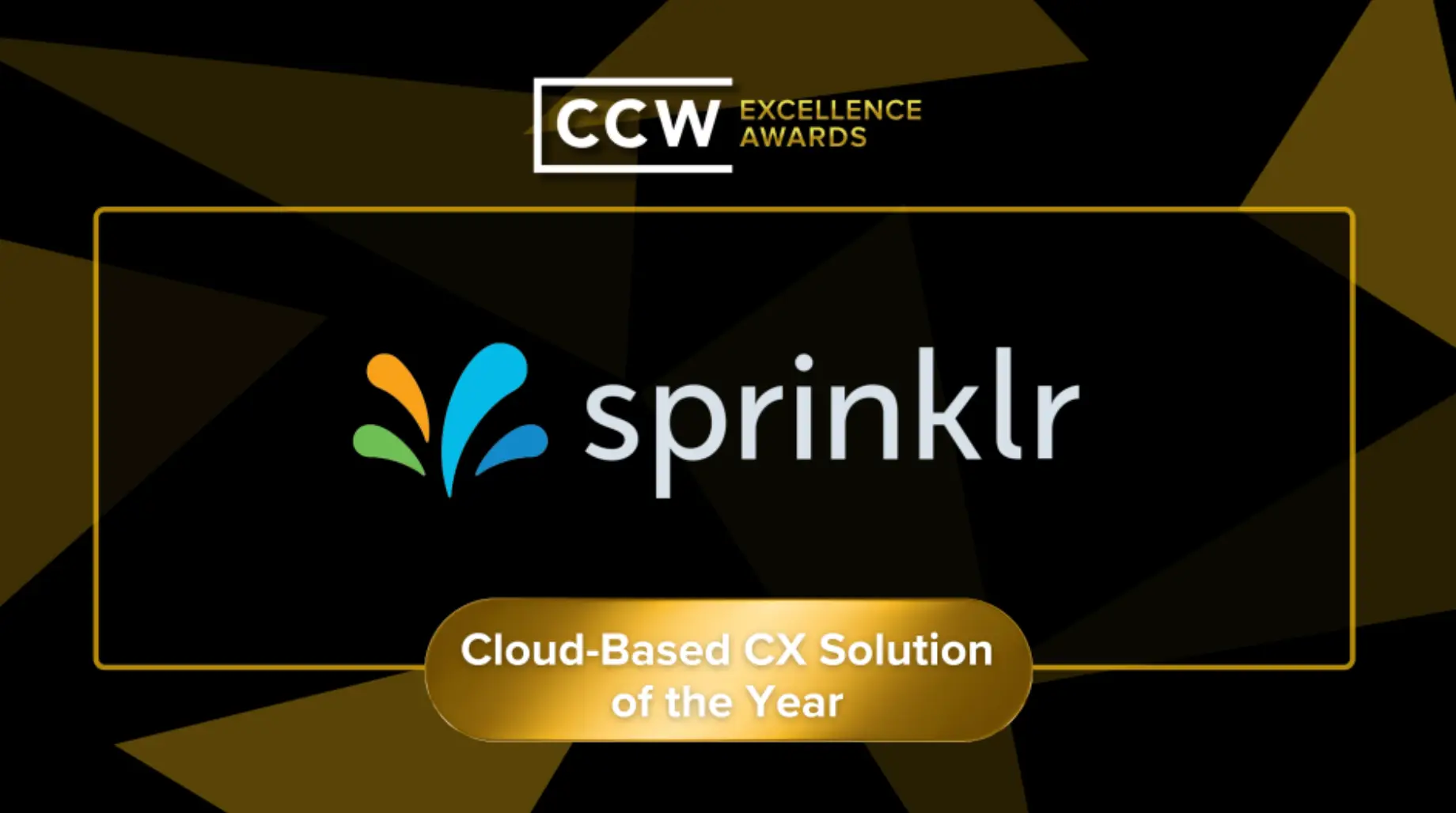The next generation of CCaaS is here
Digital-first customer service, enterprise-scale voice support. Redefine customer service with an AI-powered platform that unifies voice, digital and social channels. Power channel-less interactions and seamless resolution no matter the channel of contact.

5 Customer Service And Customer Experience Flaws That Are Losing You Customers
As a customer service consultant and turnaround expert, I specialize in transforming customer service and the customer experience at companies that have lost their touch with their customers and want to set things right.
Often, the issues I find (when I arrive onsite) come down to the five flaws below that are particularly irksome in the eyes of customers. Recognizing and remedying these five flaws is one of the most effective ways to restore and sustain your customer relationship.
1. Getting rid of personal touches that your customers still value (but that you’ve phased out in the interest of efficiency).
The most frequent type of calls I get as a customer service turnaround expert are from companies that initially had a great relationship with their customers but lost the connection as they grew. This happens when a company is fooled by its own success into thinking that marketing and sales can provide an infinite stream of new customers and then do away with the personal application of service and hospitality at the many touchpoints that matter to existing customers. Do this long enough, and you’re sure to find that the supply of customers out there is not, in fact, infinite.
2. Failing to have an effective Service Recovery Framework in place for when things go wrong and a customer is upset/angry/irritated/disappointed. Every great company out there has its own predetermined customer service recovery framework in place, because when an upset customer is breathing down your neck, it’s not a great time to be improvising. (Marriott’s service recovery, for example, spells HEART, and Starbucks’ spells, adorably, LATTE.)
The service recovery framework I’m known for is based on the fabulous hospitality work of the Ritz-Carlton Hotel Company, and I’ve adapted it to a wider range of applications and industries. It spells MAMA, and is designed to protect you from the urge to fall on the ground in a fetal position when a customer is starting to lose it.
I discuss the MAMA framework here, and if you’d like a free, printable copy you can email me at forbes@micahsolomon.com and I’ll set you up with one directly.
3. Lack of omnichannel support: failing to meet customers via the channels where they “live”.
As a buzzword, omnichannel’s time may have already come and gone already, but it’s an important concept nonetheless. Customers expect you to meet them where they are–even when that place changes repeatedly in the course of the day.
As far as communication, this means being willing to communicate on all the channels your customers use: messaging, telephone, X, formerly Twitter and having a record of their prior communications even when those have come through on a different channel from the one being used at the moment.
In terms of service/product provision, at its simplest it means flexibility such as letting a customer pick up at one location and make a return at another. Don’t count on your customers to understand or care about the thorny logistical challenges involved in pulling this off; if you don’t make the effort, your competitors will be more than happy to do so.
4. Saying “no” without providing a reasonable alternative or two.
Every great customer service culture has a “default of yes,” an ethos where “the answer is yes, now what’s your question?” is the order of the day.
But, of course, we can’t always say yes to a customer, no matter how much we may want to, so understanding how to respond when you can’t give the specific “yes” the customer was hoping for is an art in itself. The best approach is to follow the Forbes Travel Guide standard: never say “no” to a customer without providing one or two reasonable alternatives.
5. Letting customers fall off the “Cliff of dissatisfaction”: not responding or providing service as quickly as customers expect you to.
The Cliff of Dissatisfaction is the moment at which your customer loses faith that your company will be able to take care of them in a timely manner. While every industry has different norms for what a customer can “reasonably” expect in terms of speed, be warned that actual living, breathing customers may not be satisfied with these industry-specific traditions and may hold you to the tighter, faster standards of the consumer players out there they have grown used to in their daily lives: Amazon, Apple Support, and so forth. I know this isn’t “fair” when you’re a high-performing B2B company, for example, with many custom and complex considerations to take into account, but it’s still the way that customer minds work.
This article was written by Micah Solomon from Forbes and was legally licensed through the Industry Dive publisher network. Please direct all licensing questions to legal@industrydive.com.

